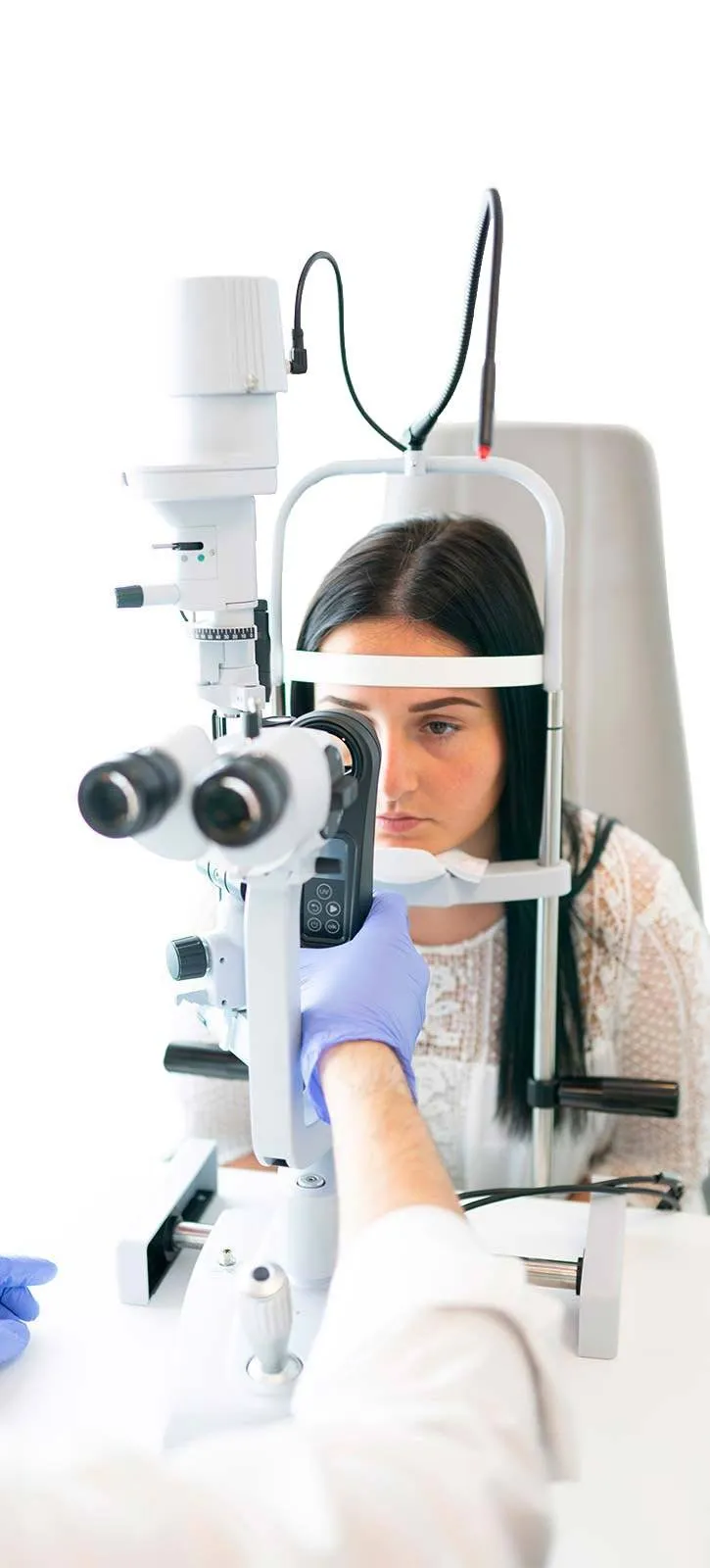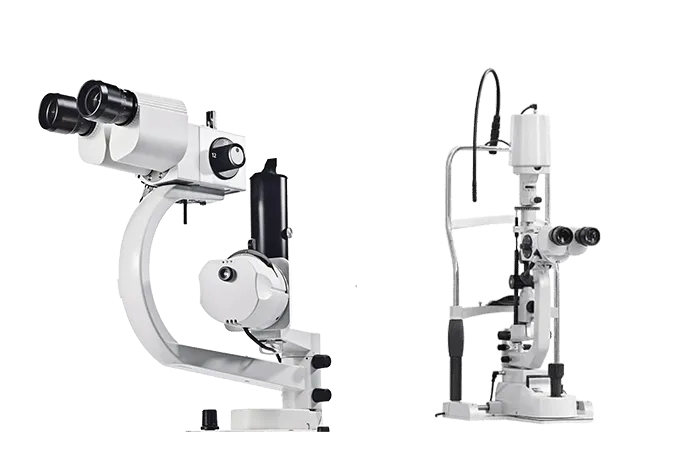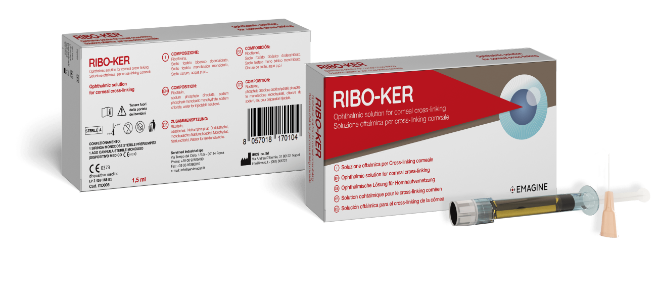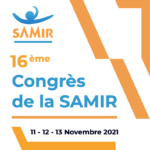EMAGine at the CXL Experts? Summer Meeting 2023
EMAGine’s Medical Director, Prof. Farhad Hafezi, and its CEO, Nikki Hafezi, presented remotely at the CXL Experts’ Summer Meeting 2023,

Um unsere Liste der Vertriebspartner nach Land zu sehen


Für verschiedene Keratokonus- und infektiöse Keratitis-Einstellungen.
Dickenangepasstes ProfilDas Strahlprofil liefert mehr Energie in der Hornhautperipherie.
Herausragende Batterie-TechnologieGebaut, um Tausenden von Behandlungen standzuhalten.
RollstuhlgängigMenschen im Rollstuhl unkompliziert behandeln
Für modernes CXL: passt auf Design-Spaltlampen von Haag Streit und Zeiss.
TischbefestigungFor classic CXL: table mount accessory available.
Integrierte ProtokolleWählen Sie aus einer Reihe von vorprogrammierten klinischen Protokollen.
Spektrum der IntensitätenDelivers 3, 9, 15, 18 and 30 mW/cm².
Das C-eye Gerät ist CE-zertifiziert für folgende Indikationen: Keratokonus, Ektasie nach LASIK/PRK, pelluzidale marginale Degeneration, infektiöse Keratitis, sterile Hornhauteinschmelzung, bullöse Keratopathie.
Das C-eye Gerät von EMAGine bringt die Vernetzungstechnologie an die Spaltlampe. Einfach, effizient und sicher vom Einsteiger bis zum erfahrenen Anwender.
Führen Sie CXL an der Spaltlampe durch. Oder verwenden Sie das C-eye-Gerät wie jedes andere CXL-Gerät: auf einer Tischhalterung, in Ihrem OP-Saal.
Arbeiten Sie an verschiedenen Orten? Nehmen Sie das C-eye Gerät überall hin mit. Laden Sie es über USB-C, mit Ihrem Smartphone-Ladegerät oder Ihrem Laptop auf.
Reduziert Zeit und Kosten im Zusammenhang mit der Durchführung von CXL
Remember that every cross-linking procedure not only improves biomechanics, it also ?disinfects? the cornea by directly killing all micro-organisms and by inhibiting cellular replication. This is why a cornea at the end of every CXL and PACK-CXL procedure is ?sterile?. And by the way: office-based cataract surgery und office-based intravitreal injections have been performed in many thousands of cases without increased infection risk.
Irradiation time is not too long. Current modern protocols are integrated in the C-eye device and treat in as little as 10 minutes (CXL) and 4 minutes (PACK-CXL). See the published approach hier.
We need 3 elements for successful cross-linking: UV light, oxygen and riboflavin. Both UV light and oxygen do not ?care? whether the patient is laying down or sitting. As for riboflavin, published research shows that riboflavin concentration is stable in the upright position for up to 60 minutes - much longer than we need for a CXL treatment.
Offer the patient the comfortable surgeon?s chair with the armrest and take the extra time to ensure that the patient is well-adjusted. Then, the patient is very comfortable.
Fixation is no issue. Offer the patient the fixation target that most slit lamps offer (for retinal examination) and the patient will keep a very steady fixation, as you can see hier.
Find more answers in our FAQ section.


The C-eye device fits to a number of Haag-Streit and Zeiss type slit lamps. Find here the complete list of compatible slit lamps

EMAGine’s Medical Director, Prof. Farhad Hafezi, and its CEO, Nikki Hafezi, presented remotely at the CXL Experts’ Summer Meeting 2023,
The article by Lu et al. reports an in vitro study, conducted to determine whether high-fluence PACK-CXL can be accelerated while still maintaining its antibacterial efficacy. The study found that high-fluence PACK-CXL did indeed decrease the bacterial concentration of several clinically significant bacterial strains, including S. aureus, P. aeruginosa, and S. epidermidis. These strains are commonly implicated in bacterial keratitis and contact lens-associated keratitis. Furthermore, the authors found that higher total fluence PACK-CXL protocols led to a corresponding increase in bacterial killing ratio (BKR).
Prof. Farhad Hafezi, MD, PhD, FARVO is the Medical Director at The ELZA Institute, was recently interviewed by Ocular Surgery News
The advantages of performing corneal cross-linking (CXL) at the slit lamp are well established. It brings CXL out of the
It has been quite the debate. Should surgeons drop riboflavin onto the cornea during the UV irradiation part of a
Photoactivated chromophore for keratitis-corneal cross-linking (PACK-CXL) has progressed a great deal since it was first developed (1) as a treatment
EMAGine’s Chief Scientific Officer, Professor Farhad Hafezi of the ELZA Institute in Zurich, Switzerland, has prepared a presentation that provides a comprehensive overview of how oxygen concentration is at the center of all these decisions.
Januar 21, 2022
NUHS 36th Anniversary Conference

Location: Singapore
Language: English
Januar 15, 2022
Muscat International Ophthalmology Conference (MIOC)

Location: Muscat, Oman
Language: English
Dezember 4, 2021
Kölner Adventssymposium 2021

Location: Köln, Germany
Language: German
November 25, 2021
Middle East Africa Council of Ophthalmology

Location: Dubai, UAE
Language: English
November 18, 2021
14th World Down Syndrome Congress

Location: Dubai, UAE
Language: English
November 11, 2021
La Société Marocaine de la chirurgie réfractive

Location: Rabat, Morocco
Language: French
November 4, 2021
Sorocaba Eye Bank

Location: Brasilien
Language: English
Oktober 28, 2021
Emirates Society Of Ophthalmology

Location: Dubai, UAE
Language: English
Oktober 23, 2021
LV Prasad Eye Institute

Location: Hyderabad, India
Language: English
Oktober 23, 2021
65th Brazilian Congress of Ophthalmology

Location: Natal, Brazil
Language: English